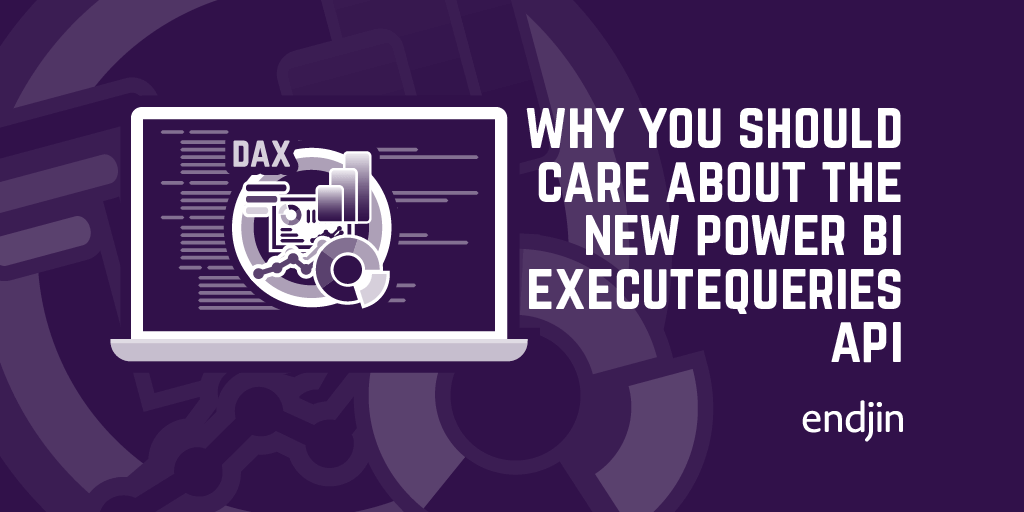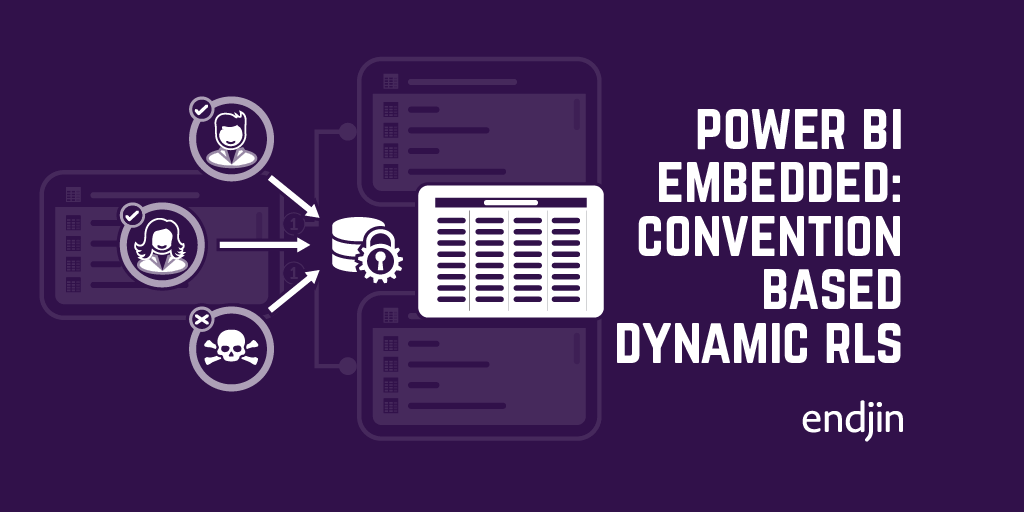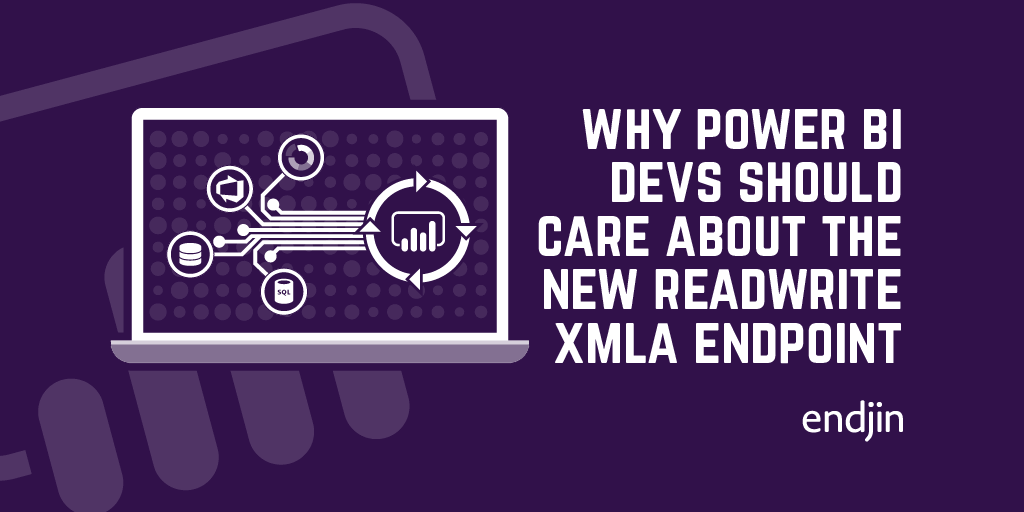Azure Analysis Services
Enterprise-grade analytics engine as a service
-
Pros
- Tabular models
- Fast in-memory models
- Large datasets
- Direct query
- Row level security
- Power BI integration
- Rich DAX ecosystem
- Visual Studio support
- Version controllable models
- APIs for automation
-
Cons
- DAX can be difficult to master
- Future unclear (Power BI?)
Read our blog posts about Azure Analysis Services

Why you should care about the new Power BI ExecuteQueries API
The new Power BI ExecuteQueries REST API presents a number of new opportunities for Power BI developers in terms of tooling, process and integrations. This post highlights some of the key advantages of this new capability.

Power BI Embedded: Convention-based dynamic Row-level Security
Power BI Embedded is a great tool for ISVs offering a BI product for their customers. Generally, the reports exposed to the customers are personalized to some extent - one can use the Power BI JavaScript library to interact with the reports and tweak the visuals based on the logged-in user. Another way reports differ from user to user is the underlying data that user is allowed to see. This is controlled using Row-level Security. A standard method to implement Row-level security is to pass the user's email address to the data model, and have rules filter the data model appropriately based on the data that user is permitted to see. However, sometimes it can be useful to filter the data model based on more than just a user's email address. This blog indicates how to modify an Embed Request (made by Power BI Embedded) to provide additional context on what data the embedding application would like to be returned for a user to view on a report.

Why Power BI developers should care about the new read/write XMLA endpoint
Whilst "read/write XMLA endpoint" might seem like a technical mouthful, its addition to Power BI is a significant milestone in the strategy of bringing Power BI and Analysis Services closer together. As well as closing the gap between IT-managed workloads and self-service BI, it presents a number of new opportunities for Power BI developers in terms of tooling, process and integrations. This post highlights some of the key advantages of this new capability and what they mean for the Power BI developer.